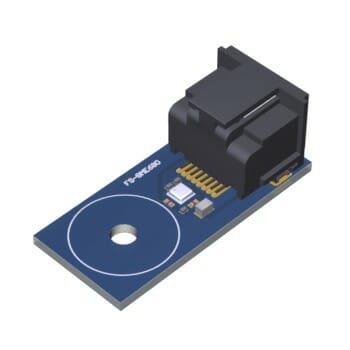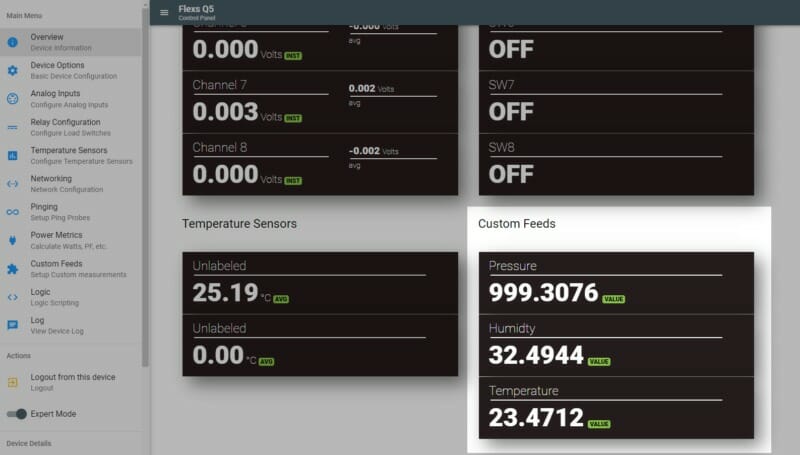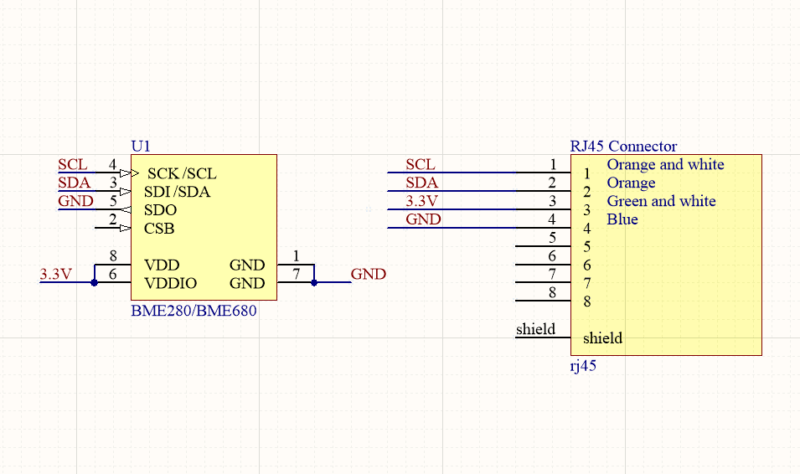The Flexs Q5 features an expansion connector that can be used to integrate with a limitless number of peripherals, sensors and devices.
If you have a sensor, device or module that communicates over any of the following communication standards we can work with you to support it on the Flexs Q5 / Q5 PRO
- Serial RS232 or TTL level
- I2C
- One-Wire
- PWM
Here is a brief list of digital devices we already feature support for over the expansion port.
- Serial RS232 interface.
- BME280 Temperature, Humidity and Pressure
- BME680 Temperature, Humidity, Pressure & Gas sensor
- Anemoment Trisonica 3D Wind Speed and environmental sensor
Below we’ve compiled a section on interfacing these sensors with the Flexs Q5.
Please Note, using these specialized sensors may require custom cables, adapters and soldering. Advanced knowledge of electronics and soldering is strongly recommended.
Contact FlexSCADA if you need assistance.



